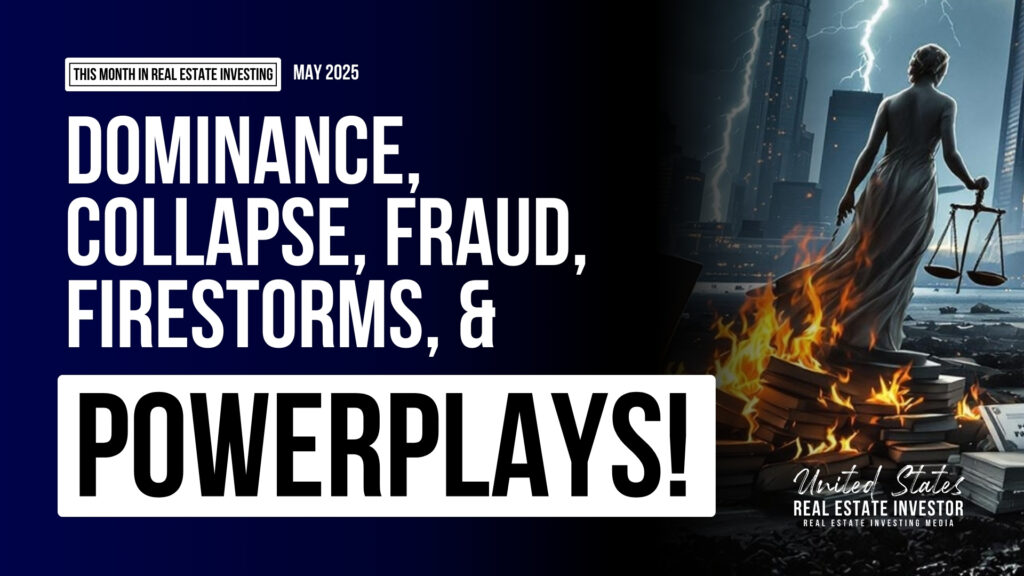Key Takeaways
- Maintain a loan-to-value ratio below 75% and target a debt coverage ratio above 1:25.
- Scrutinize net operating income, modern expense benchmarks, zoning, and tenant profiles for robust underwriting.
- Consider incorporating automation and advanced risk controls to optimize returns and safeguard your investment.
Best Practices for Evaluating Industrial Real Estate Investments
When you underwrite an industrial property in the U.S. for 2025, you’ll need to nail the basics—keep your loan-to-value ratio below 75% and look for debt coverage over 1.25.
Examine net operating income, compare expenses to modern benchmarks, and always check the location for strong logistics and proper zoning.
Protect your investment by studying tenants and lease terms, plus boost returns with automation and risk controls.
There’s even more you can discover to strengthen your investment strategy.
Loan-to-Value Ratios and Debt Service Coverage Requirements
When you immerse yourself in underwriting industrial properties in the U.S., understanding loan-to-value ratios (LTV) and debt service coverage requirements (DSCR) quickly becomes your guiding star.
You’ll find that smart LTV strategies start with knowing that lenders typically allow up to 75% LTV for industrial assets. Calculating LTV is simple—just divide the loan amount by the property’s value.
In 2025, automation upgrades are increasingly influencing how lenders assess both value and risk in industrial underwriting.
A high LTV gives you leverage but also puts you at greater risk if market values drop.
DSCR optimization matters just as much. Lenders usually want a DSCR of at least 1.25, showing that your property’s income covers 125% of its debt.
Focus on stabilizing your cash flow and securing accurate valuations. Staying proactive will help you balance opportunity with risk.
Evaluating Net Operating Income and Expense Benchmarks
Although underwriting industrial property can feel complex, mastering net operating income (NOI) and expense benchmarks gives you real control.
First, break down your NOI: subtract operating expenses from all revenue sources like base rent and parking fees.
Don’t forget, building automation often lowers maintenance and utility costs. U.S. industrial properties usually see expense ratios of 35–45% of gross income, but well-automated buildings edge closer to the low end.
In 2025, industrial REITs are expected to maintain disciplined balance sheets, resulting in lower leverage and potentially more favorable underwriting metrics for new investment.
Analyze three to five years of statements to spot waste management inefficiencies, utility trends, or abnormal costs. Compare your property data with peer benchmarks using databases like CoStar.
Target higher margins in efficient properties—modern, energy-smart warehouses often hit a 55–65% NOI margin compared to under-automated, older stock. Here’s a quick comparison:
| Expense Benchmark | Typical Range (%) |
|---|---|
| Older Industrial | 45–55 |
| Modern Automated | 55–65 |
| Energy Costs Growth | 5–7 annually |
| Waste Management Variance | 3–8 |
Assessing Location, Market Trends, and Zoning Compliance
To unlock true value in industrial real estate, you need to look beyond the building’s four walls and explore deep into its location, market trends, and zoning rules.
Start by considering site accessibility—properties near highways, ports, or rail will attract tenants needing reliable logistics. Check infrastructure quality, ensuring roads, utilities, and internet keep operations smooth.
Many municipalities offer real estate tax incentives for industrial development in targeted areas, which can significantly improve an industrial property’s net operating income.
Analyze submarket vacancy rates and rent growth to spot strong demand or oversupply risks. Is the area thriving due to e-commerce or robust manufacturing? That adds rental upside.
Next, verify zoning: does the classification match target uses?
Review any necessary environmental permits, especially if wetlands or contamination risks exist. Confirm compliance with fire, flood, and parking rules.
Watch for municipal policy shifts, incentive programs, and potential future land use changes.
Tenant Analysis, Lease Structures, and Income Stability
Ever wonder what truly keeps the gears turning in a successful industrial property investment?
It’s all about understanding your tenants and crafting smart lease structures to ensure steady income.
First, you must analyze tenant creditworthiness, industry stability, and business operations.
Tenant diversity is key—don’t put all your eggs in one basket. When you have multiple strong tenants from stable sectors like logistics or manufacturing, your risk drops.
Look for lease flexibility, too. Five-year terms with rent escalations and options to renew keep income predictable. Triple net leases shift costs to tenants, helping you manage expenses.
Additionally, reviewing lease terms such as renewal options and escalation clauses offers protection against unexpected vacancies and maintains income stability.
Regularly project cash flow, and stay alert to market rent trends. By focusing on these core drivers, you build real income stability and lasting value into your investment.
Operational Efficiency, Risk Controls, and Regulatory Standards
When you look at underwriting industrial property in the U.S., making operations run smoothly isn’t just a nice benefit—it’s a real game changer.
You’ll need to use technological advancements like automation, data analytics, and AI-powered tools to increase operational efficiency and strengthen your risk controls.
Focus on energy conservation by installing energy-efficient systems, which can cut costs and boost your property’s value. Current property insurance markets are showing increased caution in high-risk environments, so being mindful of market capacity shifts is essential when evaluating property risk profiles.
Never overlook regular maintenance, routine inspections, or solid emergency response plans—they help you avoid expensive setbacks.
Always protect the property with extensive insurance and robust security measures. Finally, stay sharp with regulatory standards: keep up with health and safety laws, environmental rules, and local building codes.
Staying compliant ensures smooth operations and helps prevent costly fines.
Assessment
Bringing It All Together
Underwriting an industrial property in 2025 is as much about understanding numbers as it is about reading the market’s next move.
You’ll spend time verifying loan-to-value ratios and digging into lease terms, but you’ll also need to picture how tenants operate and how neighborhoods evolve. Success happens when you mix solid risk controls with a forward-looking mindset.
Remember, every detail you uncover can be the key to unlocking a property’s full potential.
Now, are you ready to underwrite an industrial property?
Combine smart analysis with a keen sense of opportunity to make your next underwriting decision your best one yet.























